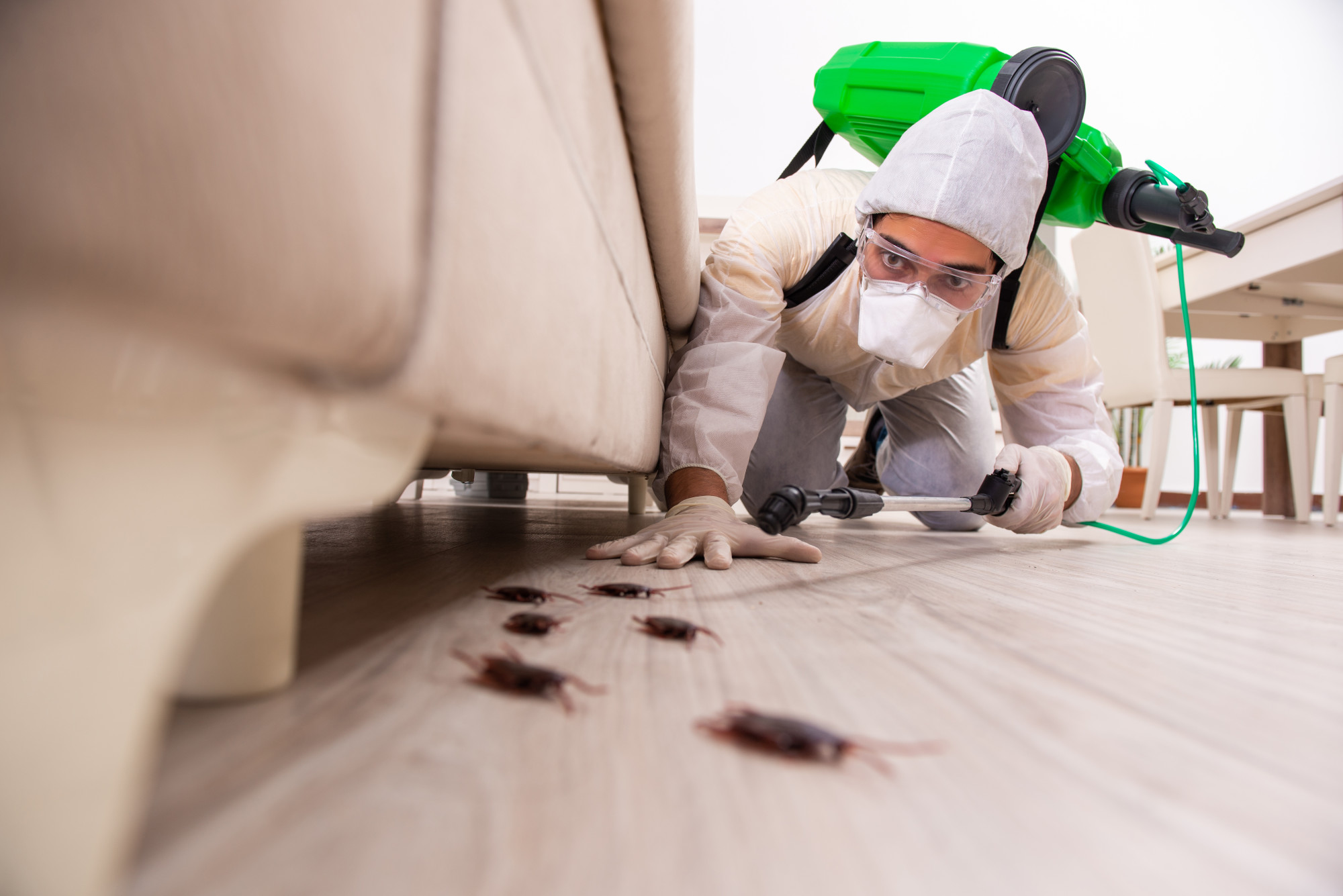Pest control is an important aspect of maintaining a neat and pleasant living space. It isn’t easy to tackle pest problems, whether they’re in your garden, kitchen or bedrooms. If you have an approach that is well-planned and skills you can become the master of managing pests using do-it yourself (DIY) techniques. In this post, we’ll examine various strategies, tricks and methods to assist you in unleashing the potential of your own DIY pest control and ensure your home is pest-free.
Embarking on a journey of DIY pest control demands a change in mental attitude from being reactive to proactive. Instead of waiting for pests to enter and then allowing them to infiltrate, you should take preventive measures. Make sure to regularly check your home for entry points, water sources as well as food sources that can attract pests. If you can identify and address these elements early, you can significantly reduce the risk of infestations.

By using eco-friendly pest management techniques, you not just protect your pet and yourself, but also the surrounding environment. Use natural alternatives such as diatomaceous Earth, essential oils and vinegar sprays for pest control. They are efficient and safer than toxic chemicals.
Plan your house strategically to make your home a pest-free environment. Plant fragrant herbs such as basil, mint and rosemary to naturally keep insects away. Trim trees and bushes to prevent them from entering the house. This will eliminate any potential pest pathways. Repair leaky pipes, wash your gutters regularly and seal any cracks or crevices. This will eliminate moisture sources.
Pesticides are sometimes necessary in certain situations even if eco-friendly options are preferred. When you’re using pesticides in DIY pest control it is important to follow the instructions carefully. Pick pesticides made for the pest in question and apply them only on the areas affected. Avoid using too much pesticides as it could cause resistance among pests, and may harm other organisms that are not targeted.
An inspection is essential to an effective pest control. Be sure to inspect your home inside and out for signs of pests. Pests can be detected by droppings, gnawmarks and nests as well as unusual behavior among pets. Being alert will allow you to intervene before the problem turns into the cause of a major problem.
A variety of approaches is required when designing a comprehensive pest control strategy. Mix different methods like traps, physical barriers, natural repellents, and habitat modification. To prevent mosquito breeding, for instance installing mesh screens on windows, put baited traps in place close to areas with significant activity, and eliminate standing water.
Make the right choice when purchasing pesticides. to take into consideration
When buy pesticides, make informed decisions. Choose a pesticide based on your research and the specific pest you’re confronting. Opt for low-toxicity alternatives and choose products that have low impact on beneficial insects and animals. Use safety tips and consult experts if you’re uncertain.
DIY Pest Control – Tips and Strategies
Make sense of DIY pest control by educating yourself about the habits and behaviors of the most common pests. Learn more about pests’ cycle of life, their feeding patterns and their vulnerabilities. This will enable you to design strategies specifically for your pest that are more likely to work.
Follow this step-by-step guide to effective DIY pest control
Approach pest control systematically by following a step-by-step process. Start by looking for the pest, identify the pest, take preventive steps, and, if required, use targeted treatments. Regular monitoring will ensure that your efforts are effective for a long period of time.
Empowering Bliss: The Benefits of DIY Pest Control
Being able to manage pests on your own does not just save you money, but it also gives you an elation. When you take control of your home, you’ll be able to create a healthier, happier environment for yourself and your family members. This power can extend far beyond pest control, encouraging you to tackle other DIY tasks with confidence.
Also, you can read our conclusion.
DIY pest control involves the process of learning, adapting and evolving strategies. Starting with an eco-friendly approach to recognizing the importance of proper pesticide usage, you have the tools to navigate the world of pests without fear. Effective pest management doesn’t just mean removing pests. It also means creating a serene living space where you and your family are able to thrive. So, unleash the power of DIY pest control and experience the peace and tranquility of your home.
